Growth in Cryogenic Applications
The expansion of cryogenic applications in sectors like healthcare, aerospace, and energy is propelling the Global Multi-layer cryogenic insulation market Industry forward. For instance, the use of cryogenic technology in medical applications, such as the storage of biological samples, necessitates reliable insulation to maintain low temperatures. Additionally, the aerospace sector increasingly relies on cryogenic fuels, which require robust insulation systems to ensure safety and efficiency. This growing reliance on cryogenic applications is expected to contribute to the market's growth, with projections indicating a rise to 2.11 USD Billion by 2035.
Rising Demand for Energy Efficiency
The Global Multi-layer cryogenic insulation market Industry is experiencing a surge in demand driven by the increasing focus on energy efficiency across various sectors. Industries such as aerospace, liquefied natural gas, and cryogenic storage are adopting advanced insulation technologies to minimize energy losses. This trend is particularly evident as companies seek to comply with stringent energy regulations and reduce operational costs. The market is projected to reach 1.01 USD Billion in 2024, reflecting a growing recognition of the importance of effective insulation solutions in enhancing energy efficiency.
Increasing Investments in LNG Infrastructure
The Global Multi-layer cryogenic insulation market Industry is being bolstered by rising investments in liquefied natural gas (LNG) infrastructure. As countries aim to transition to cleaner energy sources, the demand for LNG is escalating, necessitating advanced insulation solutions for storage and transportation. The construction of new LNG terminals and expansion of existing facilities require effective cryogenic insulation to ensure safety and efficiency. This trend is expected to drive market growth, as investments in LNG infrastructure continue to rise, aligning with global energy transition goals.
Regulatory Support for Cryogenic Technologies
Government regulations promoting the use of cryogenic technologies are playing a crucial role in the Global Multi-layer cryogenic insulation market Industry. Policies aimed at reducing greenhouse gas emissions and enhancing energy efficiency are encouraging industries to adopt advanced insulation solutions. For example, regulations in the energy sector are pushing companies to implement better insulation in cryogenic applications to comply with environmental standards. This regulatory support is likely to foster market growth, as industries seek to align with governmental initiatives and invest in innovative insulation technologies.
Technological Advancements in Insulation Materials
Innovations in insulation materials are significantly influencing the Global Multi-layer cryogenic insulation market Industry. The development of advanced materials, such as aerogels and vacuum insulation panels, enhances thermal performance and reduces weight, making them ideal for cryogenic applications. These technological advancements not only improve insulation efficiency but also expand the range of applications across various industries. As manufacturers continue to invest in research and development, the market is likely to benefit from these innovations, potentially leading to a compound annual growth rate of 6.91% from 2025 to 2035.
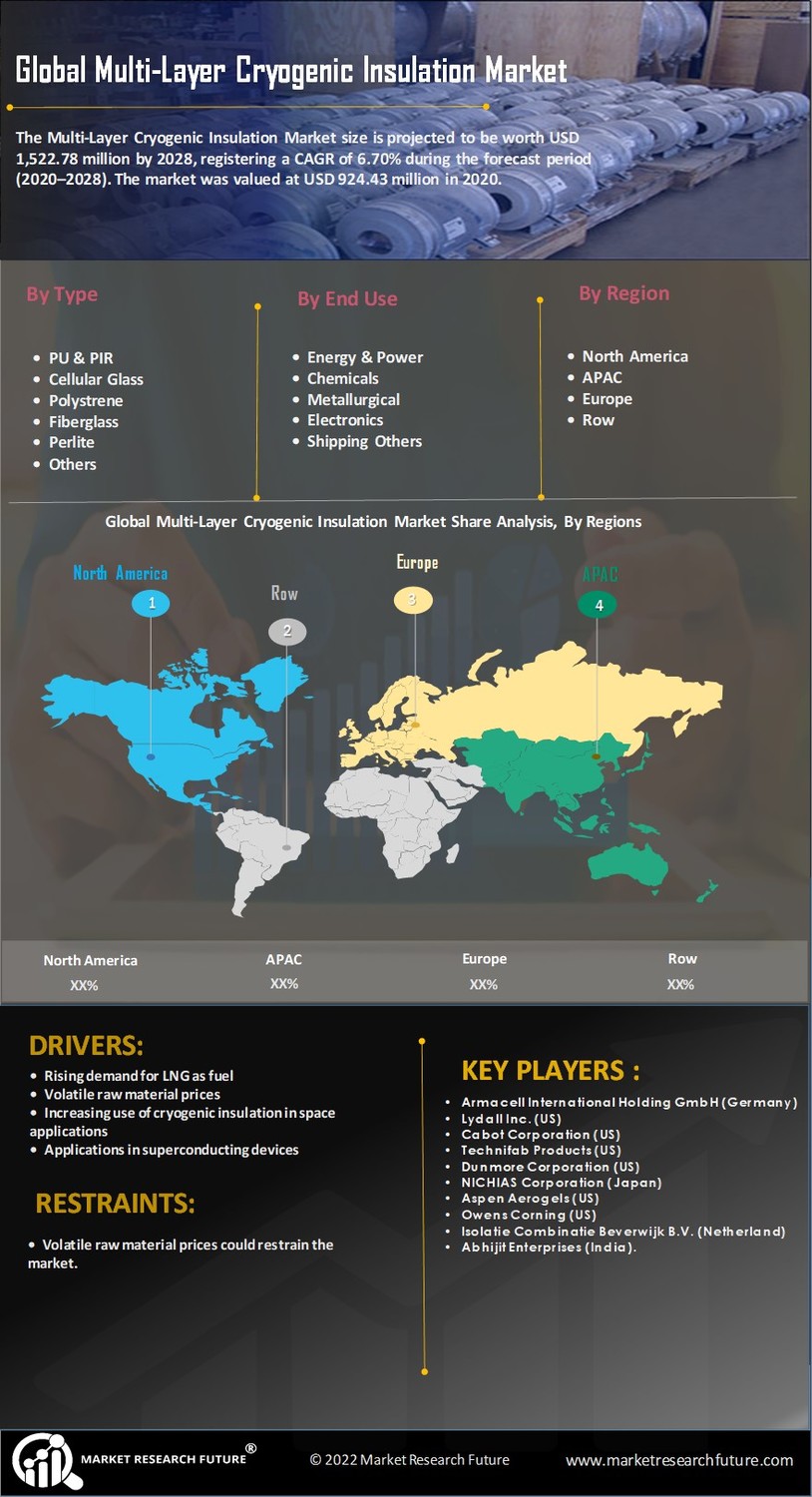

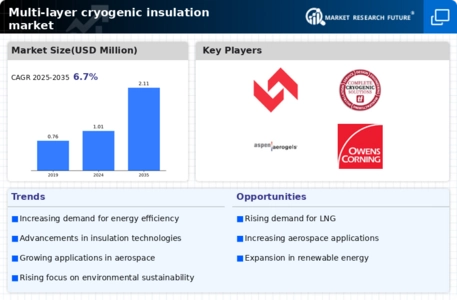
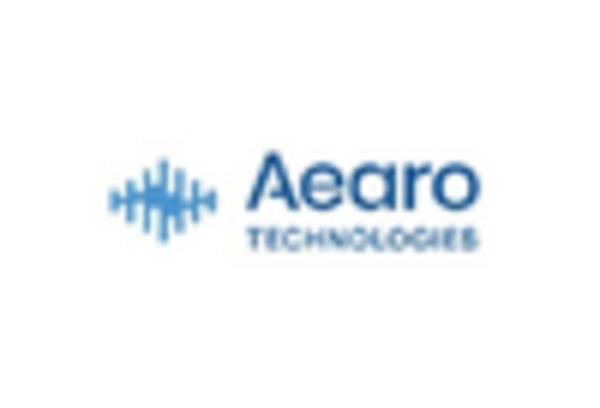

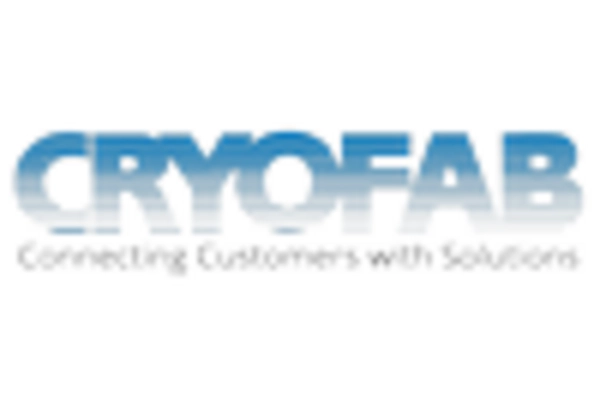
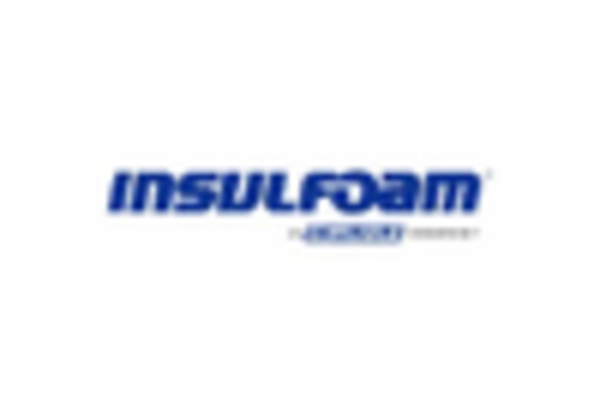
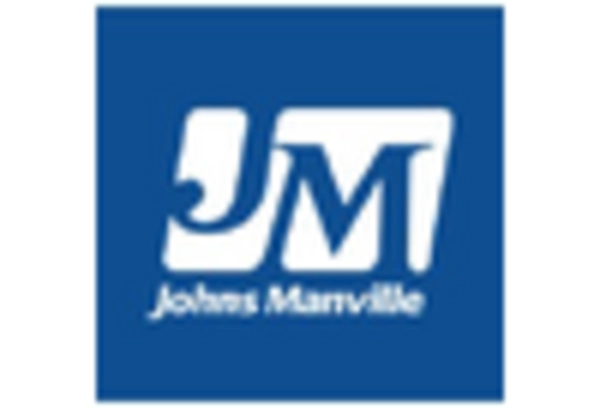
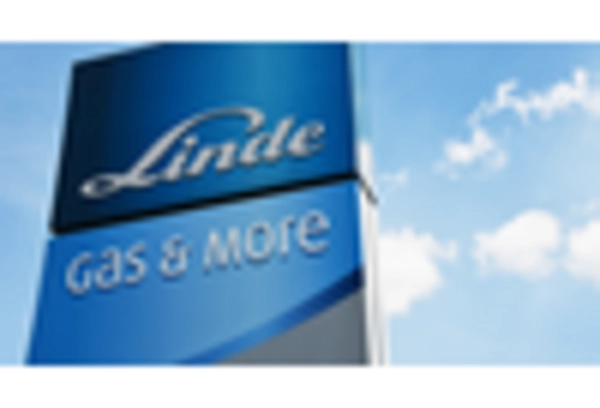








Leave a Comment